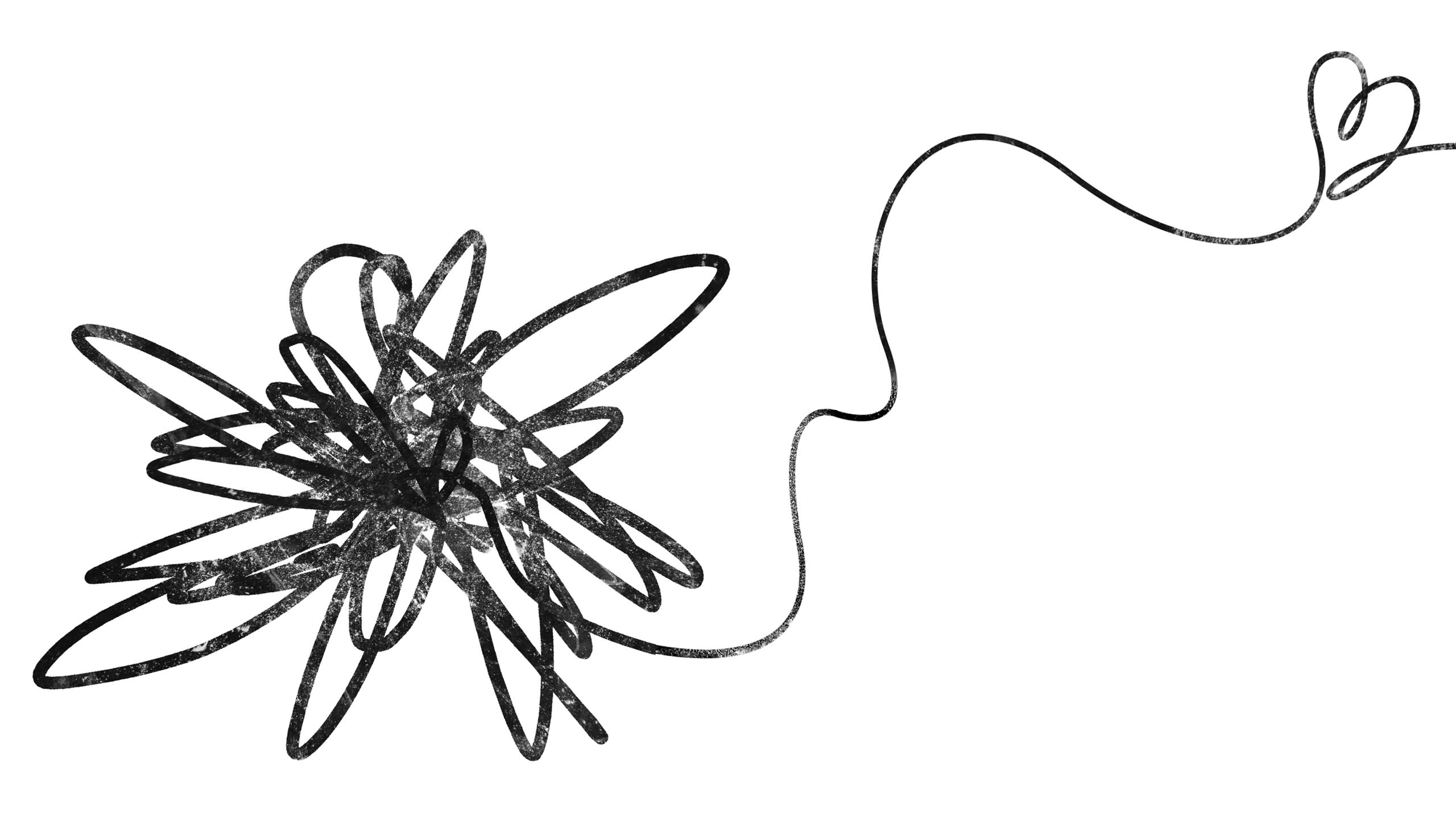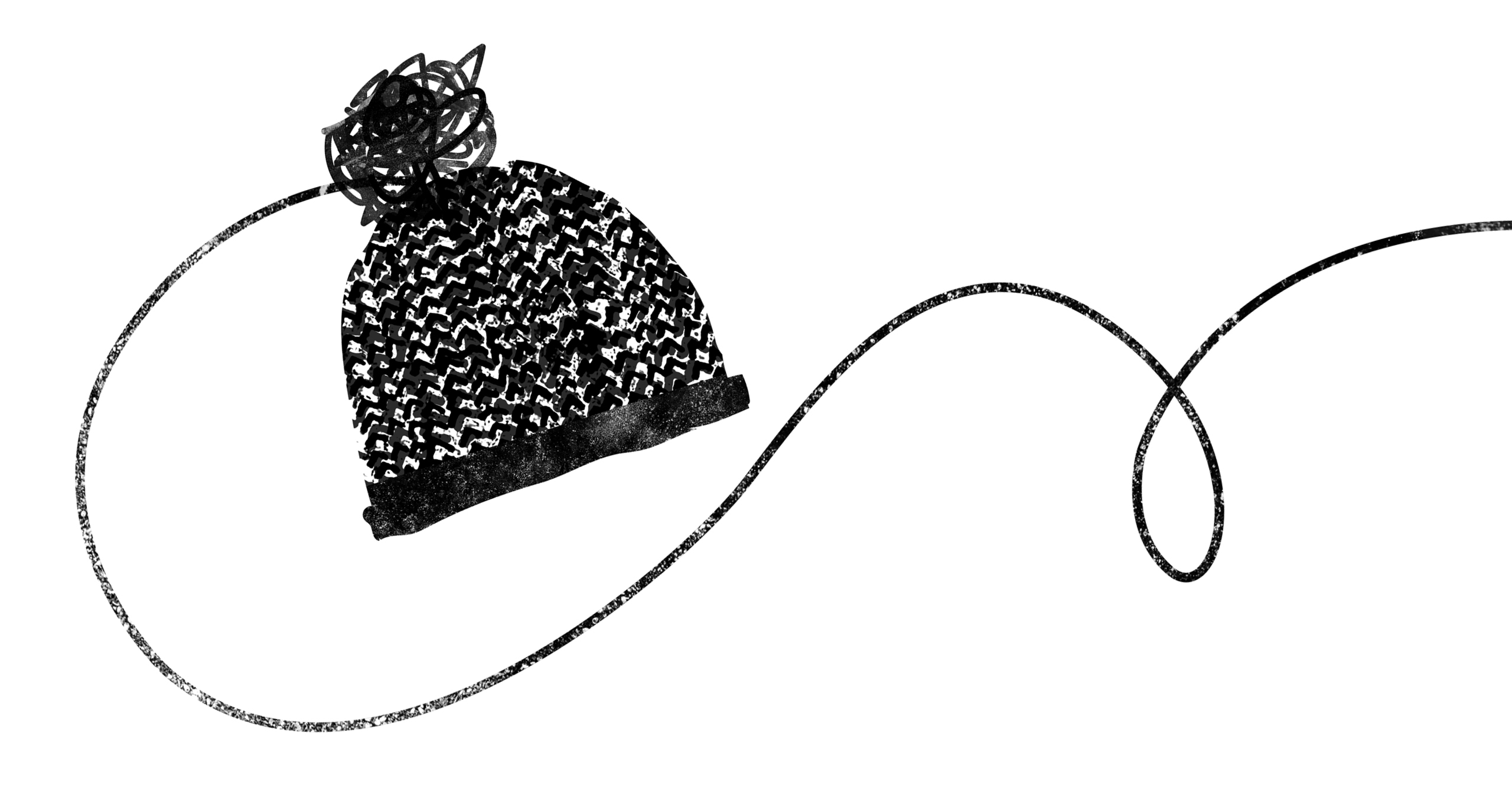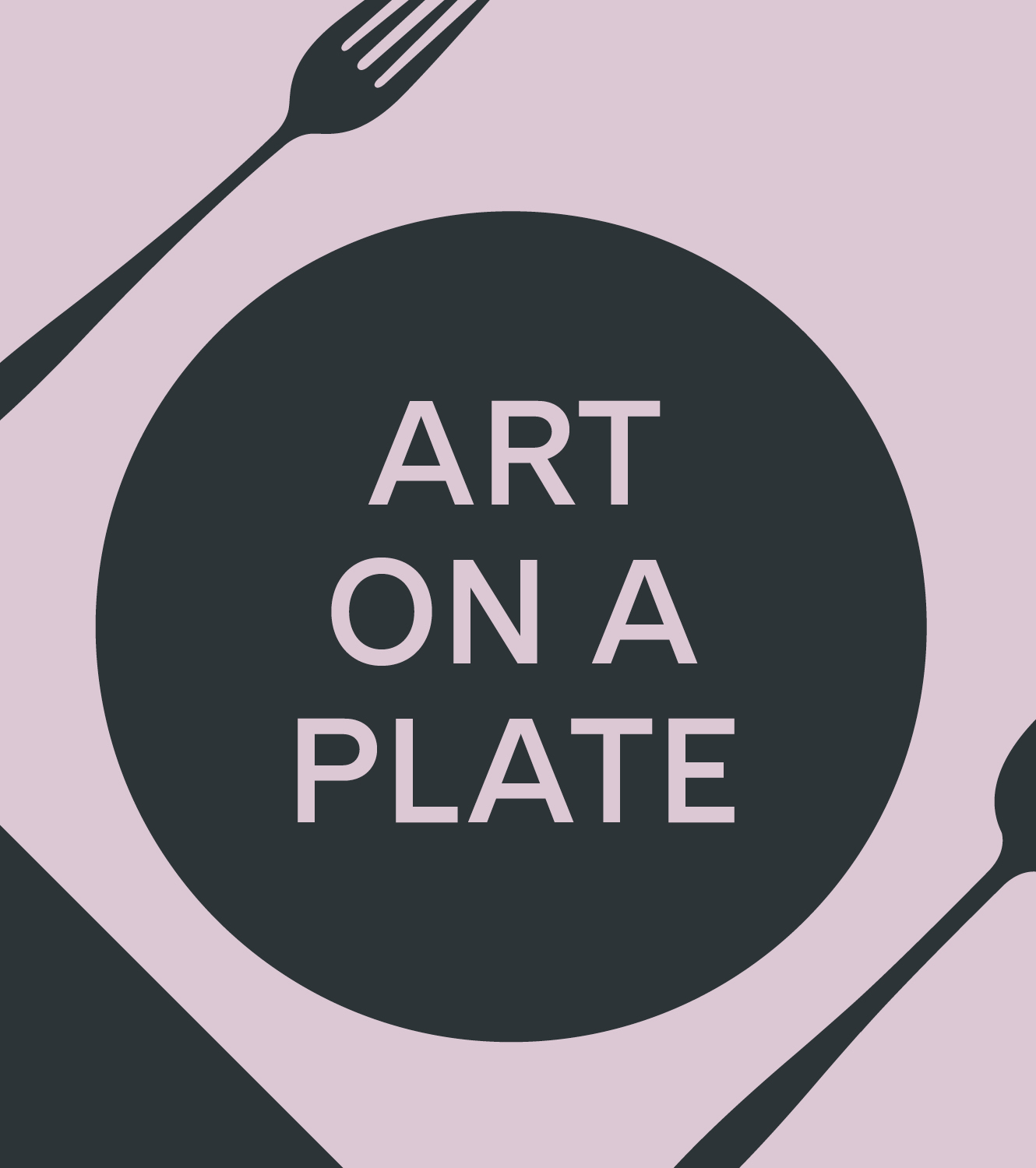
WELCOME TO THE MAKERVERSE
Homemade treats and handcrafted goods have never been so popular. Danielle Naer reports on the rise of craftwork, speaking with artisans under 30 to unravel the joys of creation
We are in the midst of what might just be the next great craft renaissance. For a while, researchers chalked up all the bracelet-making and bread-baking to pandemic ennui, betting that everyone would hang up their knitting needles and oven mitts en masse as soon as lockdown restrictions were lifted. Fast-forward four years and artisanship has reached an unprecedented high. Young, busy people are taking time out of their busy lives to craft – whether for themselves or another, and doing so even when it’s not cost-effective, time efficient, or convenient.
Why? A homemade candlestick feels better, ostensibly, than a Pixarian desk lamp. Knitting a sweater for someone’s birthday is eons more thoughtful than stopping at J.Crew on the way over. A bottle of self-fermented limoncello makes a greater housewarming gift than a Drizly’ed six-pack, and near-certainly, a batch of the special cheesecake your neighbor makes will charm your in-laws harder than the store-bought Entenmann’s version.
These choices sound like a drop in the bucket, but they actually wield colossal spending power: a 2023 report from Business Research Insights anticipates that the arts and crafts market will grow to approximately $74 billion in 2031 – a 69 percent leap from ten years prior. (You get enough people to replace sub-$20 crockery from Ikea with several hundred-dollar pottery classes, and it starts to add up.)
“Winemaking improved my entire sense of self-worth. Just walking through the vineyard in the morning and breathing the fresh air is the best feeling in the world”
Winemaker Brooke Taylor
HANDS-ON APPROACH
Genny Kelley, a full-time potter based in Williamsburg, was looking for a creative vehicle to find real-life communities amid the isolation of city life. “When I moved to Brooklyn from Richmond, I didn’t know anyone,” she says. “I was working as a beer sales rep and I had all this time in the morning, so I was kinda like, ‘What do I want to do?’. Pottery classes felt like a great way to meet friends while taking up a hobby in a new place.”
Colorado transplant Maura Jenkins echoes this motive. “I moved to Denver from New York, and I work remotely, so I joined a knitting group to interact with people. It’s about six or seven twenty-somethings. We’ll sit around and talk – and sometimes I’ll forget that I’m even knitting, even though that’s what we’re there to do,” she shares. “It’s just a really great social hour.”
While the rise of the new artisan is certain, it’s far from the first time mankind has entered the makerverse in pursuit of personal enrichment. Back when the Industrial Revolution emerged,
a countermovement arose. Known today as the Arts and Crafts movement, its devotees chose artisanship over mass-produced goods, citing aesthetic benefits for the onlooker as well as personal benefits for the creator.
Machine-made goods were more than visually unappealing – they were considered bad for humanity. Opting for handmade goods, whether by oneself or someone else, was believed to be a more honest, humane path forward. Morality became commodified, an added currency to be extracted from the artistic process. Now, amid the rise of artificial intelligence, the roiling environmental crisis, and the vacuous world of social media, this backwards motion is being dusted off again.
STRESS BUSTER
For an item to meet the original Arts and Crafts movement’s key criteria, it had to be beautiful, useful, and pleasurable to create. “All should have work to do [that is] of itself pleasant to do,” wrote one of the movement’s most prominent figures William Morris, “and which should be done under such conditions [that are] neither over-wearisome nor over-anxious.”
Wearisome, indeed. According to a 2023 study by Gallup, workplace stress in the US has increased by more than 25 percent in ten years, with 49 percent of participants stating that they spend a large portion of the day feeling stressed. Many of those surveyed echoed this sentiment, calling on crafts as a way of offsetting work stress.
“When I started gardening, I was in university and working as a server,” says natural winemaker Brooke Taylor. Citing the hustle and bustle that service industry personnel know all too well, she explains that “gardening was a way for me to spend time in a peaceful, quiet setting without having to interact with anyone.”
Katelyn Sala, a Hoboken-based metalsmith, echoes this sentiment. “My day-to-day job is medical device sales. I have to hop and jump to whoever needs me at that moment in time – I’m always on the go,” she shares. “Metalsmithing allows me to sit down and focus on one thing on weekends or at night. When too much is going on, I go there – nobody can bother me or call me. I can just stick my headphones in and create.”
And has the final payoff of crafting met up to their stress-diffusing, screen-averting, friend-making expectations? “I get to do my craft for the sheer joy of making a new sweater or a new hat, not to see an end result or a paycheck,” says knitting enthusiast Jenkins. “It’s a really great way for me to feel proud and satisfied with myself without it being tied to receiving a promotion, or hitting a deadline.” Sala agrees: “It’s kind of like a badge of honor. If I produce something for someone else that makes their day – that, to me, is worth more than any price tag. You can’t just go buy that feeling at the store.”
CRAFTING HAPPINESS
Some of our makers started as purely hobbyists, only to find their crafts so fulfilling that they pursued them full-time. “Winemaking improved my entire sense of self-worth. Just walking through the vineyard in the morning and breathing the fresh air is the best feeling in the world,” says Taylor. “I am secure in all areas in life because I believe in this work. I have better conversations, my family and friends are proud of what I am doing, and I no longer feel nervous in situations. It’s wild.”
Kelley also took the leap, going all-in on her very own pottery business in 2022. “Before, I was just working nine-to-fives. I didn’t really know what I wanted to do. Now, when people say that they use my mugs every single day, that they love looking at a piece of my art in their home, it makes me motivated to get out of bed and go create.”
From the artisans, the potters, gardeners and winemakers I spoke with, the allure of artisanship were two-pronged: the first is the item itself; the second is the joys of creation. Each emphatically felt craft-ing is just as rewarding as the finished craft.
For the twenty-somethings who are possibly working, partying, shopping and scrolling too hard, there is delight in the humble craft’s ability to force them in the opposite direction. And there’s the stress-reducing continuum of sitting at a pottery wheel, the negative ions lobbed from sinking toes into the soil while gardening, the wholesome joy of staying in to crochet on a Friday night, with no hangover in sight.

We recommend
PLANTING SEEDS
Almudena Romero questions production and consumption with her ephemeral organic photography. Nargess Banks sits down with the Spanish artist
StOP, SIP, AND LISTEN
Be it through a new composition, or a curated playlist, we look to how music can elevate your wine experience
ART ON A PLATE
Crisp tablecloths are replacing traditional white gallery walls, writes Gabriela Garcia, as chefs bring storytelling to life through carefully considered, beautifully presented dishes
WASTE NOT
From reimagining old defunct wooden casks as stylish furniture to reusing grape residue to make grappa, a group of winemakers are rethinking the concept of waste, writes Jonathan Bell




